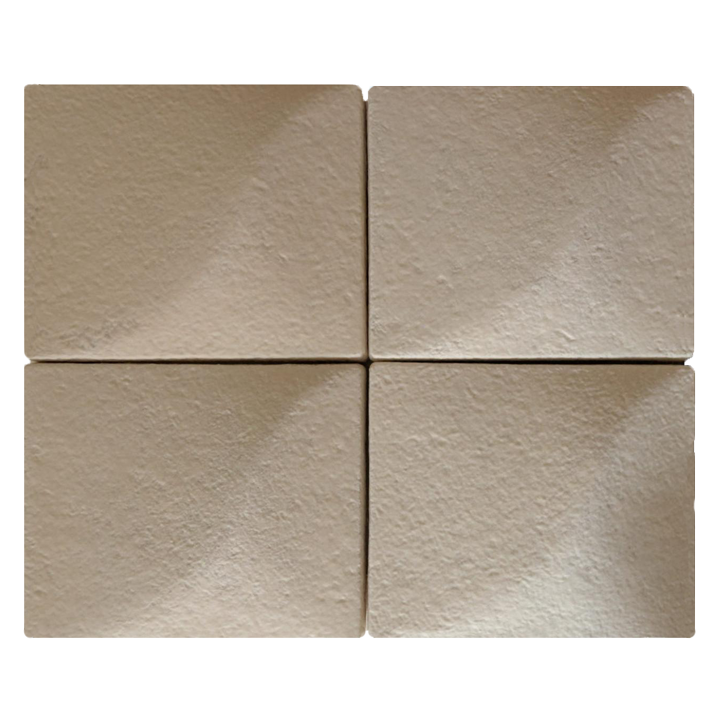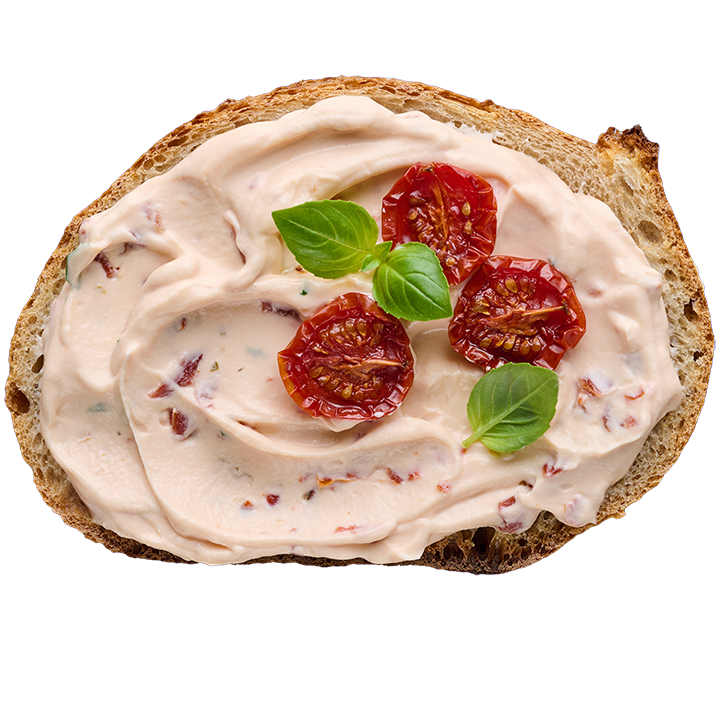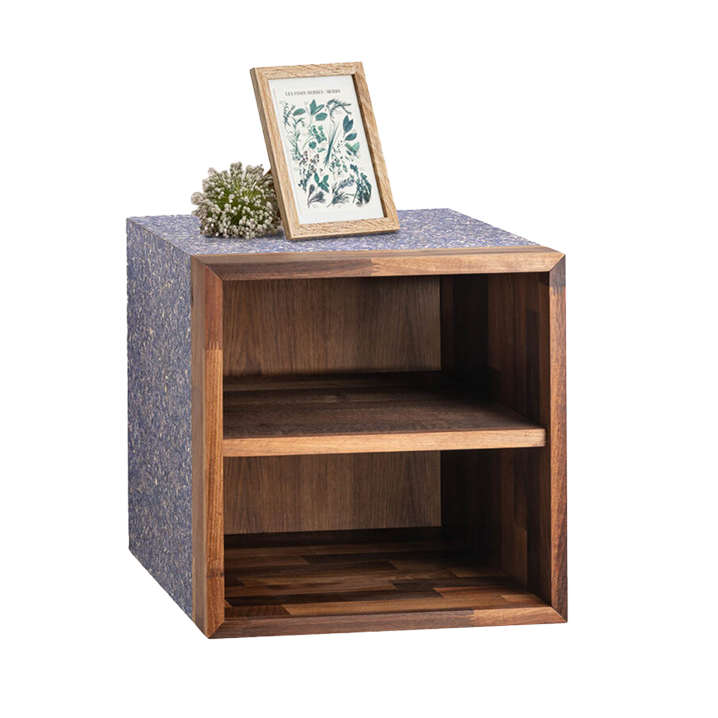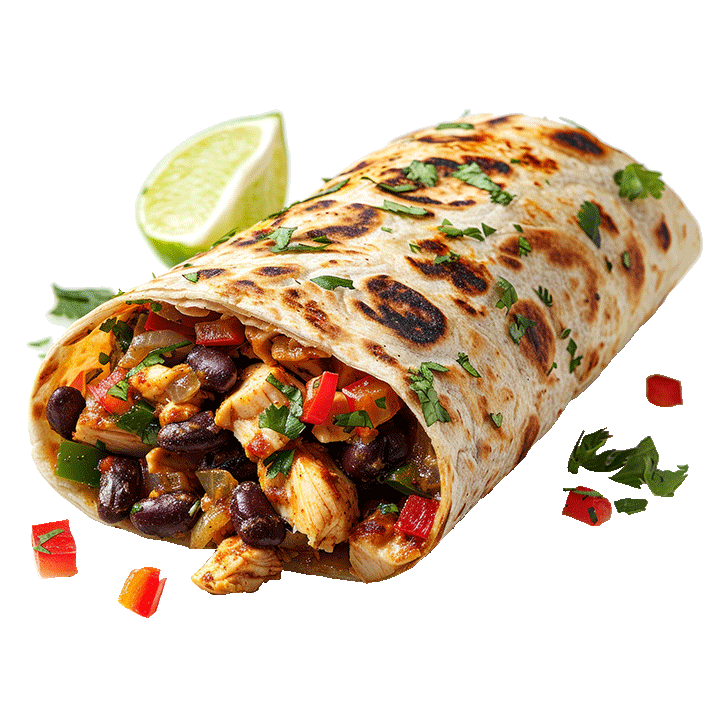

Worldwide strategies
The bioeconomy is gaining ground all over the world. A large number of countries have now adopted bioeconomy strategies - with various focus areas. You can find them in the following overview.
In the spotlight
Fighting mosquitoes and cockroaches with fungi
In the ‘Fungi 4 VectorControl’ project, researchers at Darmstadt Technical University are working with Argentine teams to develop a fungicide from fungi to combat mosquitoes.
Food production of the future
In the joint project CUBES Circle, a consortium of researchers from Humboldt-Universität zu Berlin is developing and testing a symbiotic production system for the preparation of food in cities.
Bioeconomy inside

Reusable cup
Whether in muesli, as a crunchy salad topping, or to refine baked goods – sunflower seeds are incredibly versatile and packed with nutrients. They provide magnesium, folic acid, vitamin E, fiber, and high-quality plant-based protein.
How many tons of sunflower seeds were harvested in the EU in 2024?
This is how many were harvested in 2023.
Correct!

Sound Absorber
When neighbours play loud music at home or colleagues in the office are constantly on the phone, it can be not only annoying, but persistent noise often causes stress and is harmful to health.
What is the size of the largest fungal mycelium found to date?
Unfortunately, that is incorrect.
The largest specimen found to date is a dark honey fungus, which is considered to be the largest living organism on Earth.

Cheese alternative
For many, cheese is a staple – enjoyed with bread, pasta, or on its own at the end of a meal. For centuries, it has been a cornerstone of culinary traditions around the world.
What was the per capita cheese consumption in 2024?
That was the per capita consumption in 2021.
One kilogram more than in 2023.

Furniture coating
Wooden furniture is typically coated in lacquer, varnish or plastic. Natural alternatives, such as oil or wax, are more environmentally friendly, but there are other options too.
How many pieces of furniture does the average household in Germany own?
Correct! According to studies, there are over 200 individual pieces of furniture.
That's wrong.

Meat substitute
More and more people are looking not only for a healthy diet, but also a plant-based one. Yet there is no need to give up eating meat - an alternative comes from Switzerland.
How many tonnes of solid waste in the form of spent grains can be produced per 1,000 tonnes of beer?
Wrong!
Correct!
Events
16.01.2026 bis 25.01.2026 Berlin
Grüne Woche 2026
16.01.2026 bis 10.02.2027 online
Digital discourse - aspects of sustainability
19.01.2026 bis 20.01.2026 Berlin










